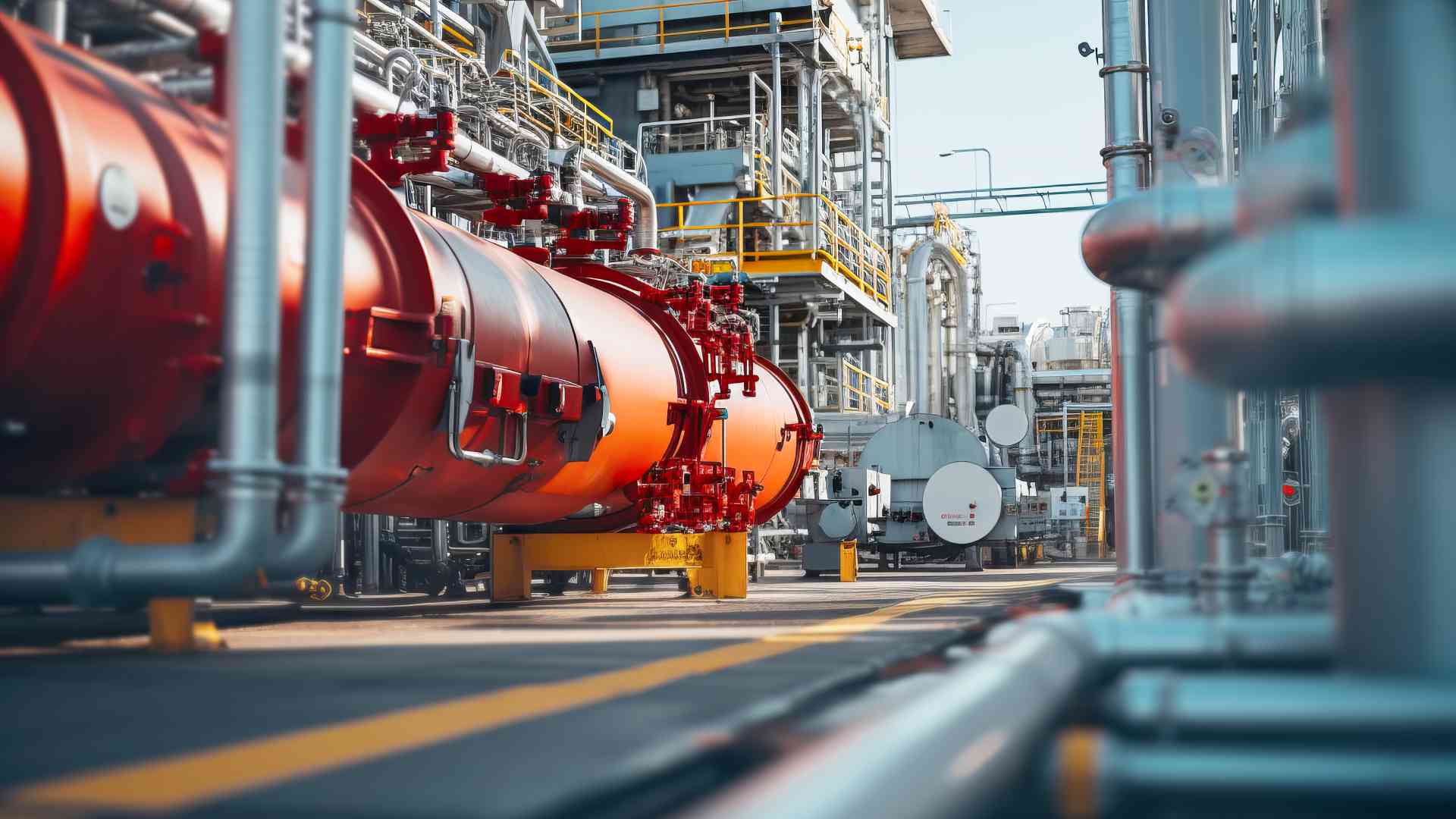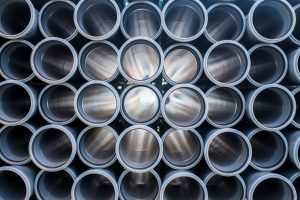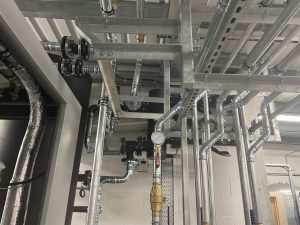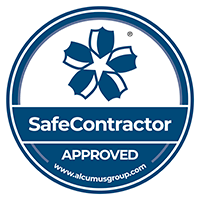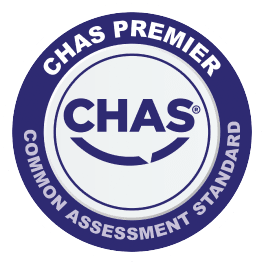In the realms of commercial, industrial, and heavy-duty applications, pipework systems are crucial. They transport various substances, including water, gas, and chemicals, across extensive networks. One key aspect of ensuring the integrity and safety of these systems is pressure testing. This article explains what pressure testing is, why it’s important, and most crucially, how long you should pressure test pipework in these sectors.
Understanding Pressure Testing
Pressure testing is a process used to verify the integrity and strength of pipework systems. It involves subjecting the pipes to higher pressure than they would normally experience in operation. This test checks for leaks, weaknesses, and other potential issues that could compromise the pipework’s performance or safety.
Why Pressure Test?
The reasons for pressure testing are clear and critical:
- Safety: Detecting leaks or weaknesses before the pipes are put into regular use prevents accidents and hazardous situations.
- Compliance: Many industries are governed by regulations that mandate pressure testing to ensure public and environmental safety.
- Longevity and Reliability: Ensuring that pipework can handle its intended pressure extends its lifespan and reliability.
The Duration of Pressure Testing
Determining the duration of a pressure test involves several factors specific to the pipework system and its intended use. Here’s what to consider:
The Type of Material
Different materials react differently under pressure. For instance, metal pipes might require a different testing duration than plastic pipes due to their differing properties like flexibility and strength.
The Standards and Regulations
Industry standards and local regulations often specify the minimum duration for pressure testing. These standards ensure that the testing process is thorough and meets safety requirements.
The Intended Use
The use of the pipework impacts the testing duration. Pipework intended for high-pressure applications might need longer testing times compared to those used in lower-pressure settings.
General Guidelines
While specific requirements can vary, there are general guidelines regarding the duration of pressure tests:
- Short-Term Test: This usually lasts between 15 minutes to several hours. It’s suitable for initial verification of the pipework.
- Long-Term Test: This can extend to 24 hours or more. It’s essential for systems that will operate under high pressure or in critical applications.
The Pressure Testing Process
Here’s a simplified overview of how pressure testing is typically conducted:
- Preparation: This involves inspecting the pipework, ensuring all connections are secure, and the system is ready for testing.
- Filling the System: The system is filled with a testing medium, usually water or air, and brought up to the test pressure.
- Monitoring: Pressure is maintained for the duration of the test, and the system is closely monitored for any signs of leakage or failure.
- Documentation: Results are recorded, and any issues found during the test are addressed.
Safety During Pressure Testing
Safety is paramount during pressure testing. Personnel should be trained and equipped to handle the testing process. Adequate safety measures, such as barricades or warning signs, should be in place, especially in areas where high-pressure mediums are used.
After the Test
Upon completion of the test, it’s vital to:
- Inspect the System: Check for any signs of damage or leaks.
- Review Results: Analyze the data collected during the test to ensure the system meets all required standards.
- Address Issues: If any problems were identified, they need to be rectified before the pipework is put into regular use.
Conclusion
Pressure testing is a non-negotiable step in the installation and maintenance of commercial, industrial, and heavy-duty pipework. The duration of the test varies based on material, use, and regulatory standards, but the objective remains the same: to ensure the safety, compliance, and reliability of the pipework system.
Understanding the nuances of pressure testing and adhering to its guidelines is essential for the effective and safe operation of any pipework system. Whether it’s a short-term or long-term test, the process provides a critical assurance that the pipework can handle its intended operational pressures, safeguarding both the system and its users.

